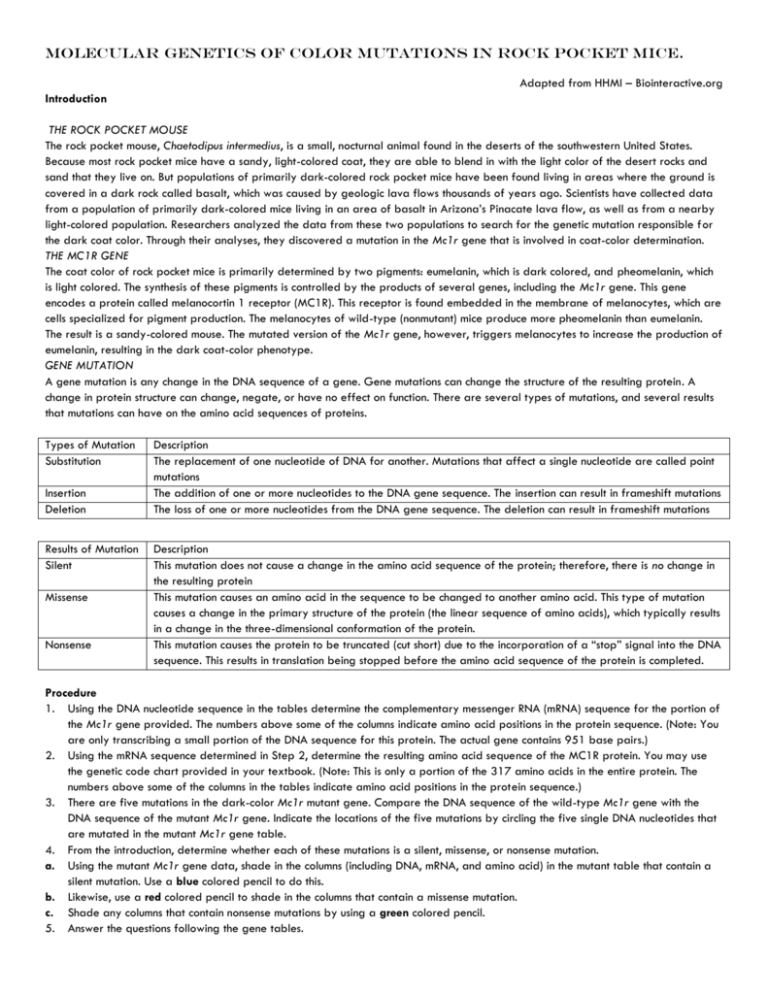


In 2003, scientists sampled DNA from both light- and dark-coloured rock pocket mice from areas in Pinacate Peaks, Mexico and New Mexico, USA. However, darker coloured rock pocket mice are found living amid black, basaltic rock formations. Most rock pocket mouse populations have light, tawny fur consistent with the colour of the desert rocks on which they live. Historically, rock pocket mice have been subdivided into as many as ten subspecies (Benson 1933 Dice and Blossom 1937) based on geographical distribution and coat colour. As with most pocket mice, the tail is longer than the body (~10 cm). The breeding season spans a few months, starting in February or March, and the litter size is typically between three and six. It eats mainly plant seeds and makes small burrows in soil close to or under rocks to evade owls, its main predator. Description įound mainly in rocky outcrops in the deserts of the southwestern United States and Mexico, the rock pocket mouse is medium-sized (length ~18 cm, weight ~12–18g) and nocturnal. It is sometimes grouped in the genus Perognathus. The rock pocket mouse ( Chaetodipus intermedius) is one of 19 species of pocket mice in the genus Chaetodipus.


 0 kommentar(er)
0 kommentar(er)
